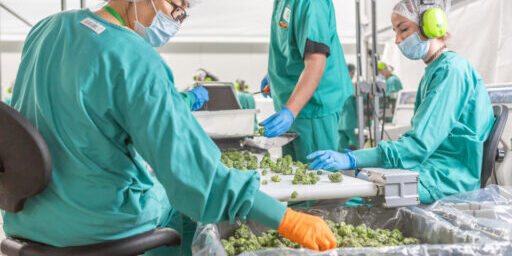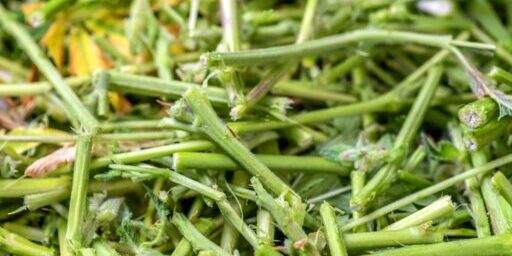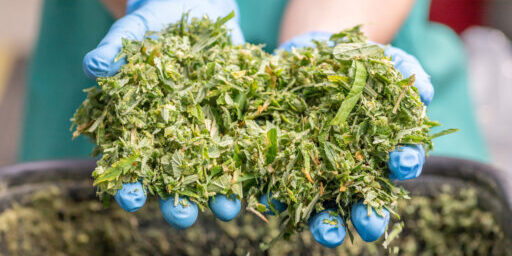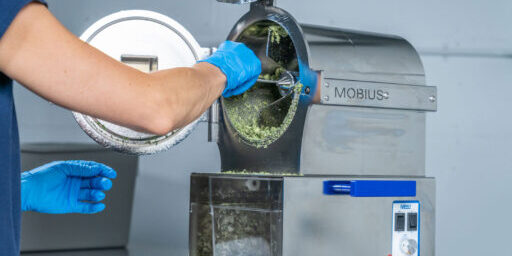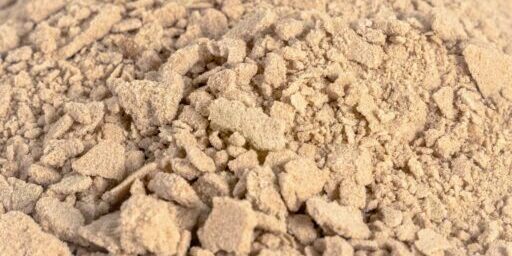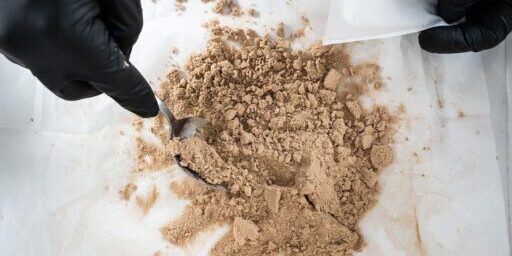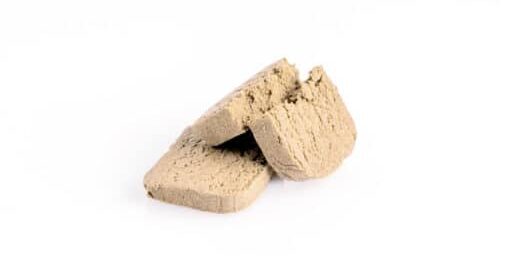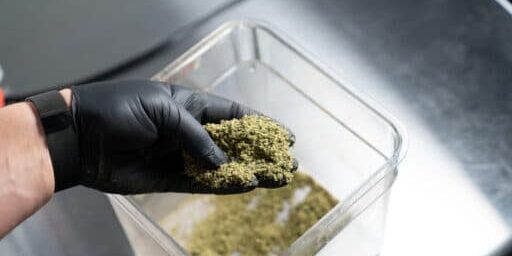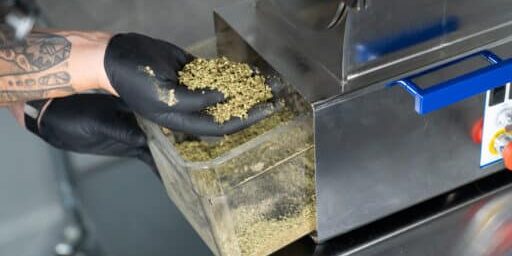When to Harvest Marijuana for Maximum Potency
Harvesting cannabis at the right time ensures maximum potency and crop weight. Many cultivators harvest too soon or too late, thus depriving their final product of its full potential and value. Even a few days can make a difference in the potency of the final product. Because female cannabis plants spend their final days focused on resin production, cultivators must take them down during the brief window of their peak ripeness — before the medicinal compounds start to degrade.
This post contains everything you need to know about the biology of cannabis maturity and when to harvest marijuana and hemp for best results.
Why Experts Disagree About When to Harvest Cannabis
Experienced growers offer conflicting advice for when to harvest. There are many reasons for the differences in opinion, including personal preference. Cannabis harvested earlier will have a more uplifting, cerebral effect while cannabis harvested later will be more calming.
Some of the confusion comes from the plant itself. Strains — more accurately called cultivars — express their ripeness differently, with varying outward signs of the optimal harvest point. Moreover, connoisseurs value individual cultivars for their unique chemical profiles. The desired chemical profiles will manifest earlier or later in various cultivars’ growth cycles.
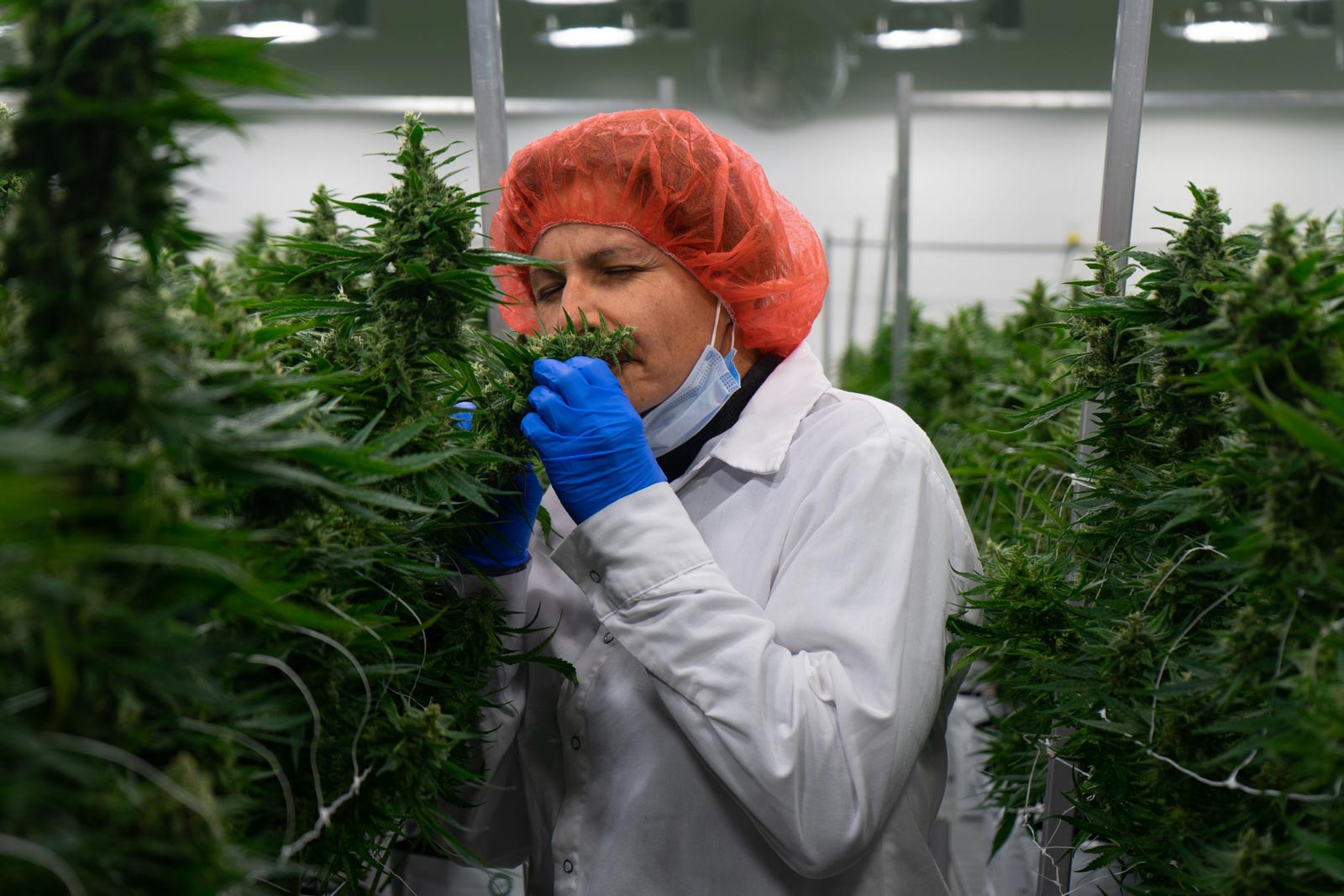
In terms of chronology, some sativa cultivars prefer a seemingly endless “summer” and a 16-week flowering period. At the opposite extreme, indicas may flower in as little as 5 weeks.
What’s more, cannabis flowers mature unevenly across an individual plant. The top flowers receive more light than the bottom flowers. Because the lower flowers get less light, they are often less potent and have fewer trichomes, the THC-rich resin glands.
All these factors make knowing when to harvest cannabis confusing, and they can affect your harvest planning, standard operating procedures, and processing operations. But the following rules hold true. And if you pay close attention to your plants and observe the indicators, you will dramatically increase your chances for a successful harvest.
What Happens When You Don’t Harvest On Time
Marijuana has more than 100 cannabinoids. Tetrahydrocannabinol (THC) and cannabidiol (CBD) are the best known, but another cannabinoid — cannabigerol (CBG) — plays an important role in potency and harvest timing.
CBG is a precursor cannabinoid to THC and CBD. That means that CBG — which is abundant during vegetative growth — slowly converts into THC and CBD during the flowering phase. When the CBG levels near zero, the potential potency of THC has been realized.
After peak potency, THC begins to degrade into another less-desirable cannabinoid: cannabinol (CBN). Oxygen and UV light cause the THC to age as the plant loses its vitality later in its lifecycle. The same happens with cannabis flowers in storage: THC slowly degrades into CBN.
CBN has sedative/anti-anxiety properties that some patients might value. Most users, however, prefer a higher THC or CBD concentration without sedation.
The Three Rules for Harvesting Marijuana at the Right Time
Trichomes and pistils are the best visual indicators of when to harvest. Both change color or shape as the plant reaches maturity, making them easy references. For those with laboratory equipment available, chemical testing is a reliable method also.
- Trichomes are the mushroom-shaped resin glands found on the flower and nearby leaves.
- Pistils (or stigma) are the hairs coming from the flower’s calyxes.
Checking for THC via the Trichome Method
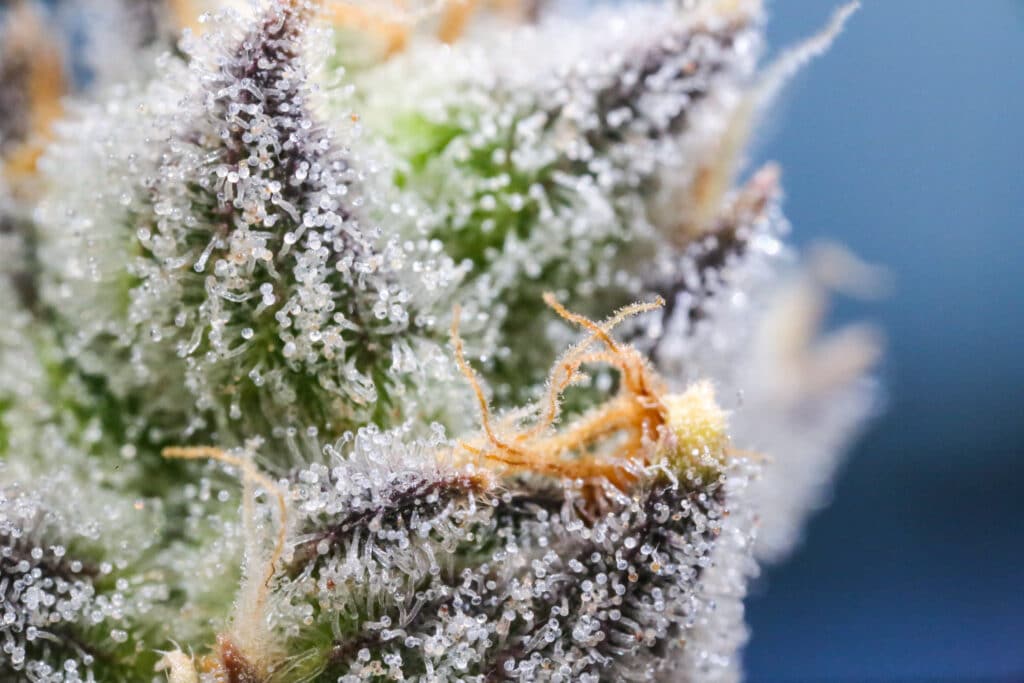
Trichomes slowly change color from clear to milky-white as the plant matures. Opaque milky-colored trichomes indicate that resin production has peaked, and secondary metabolites like THC, CBD, and terpenes are at their maximum.
Yet not all of the trichomes will turn cloudy at the same time; it is a gradual process.
So when most of the trichomes have become opaque, a few will have already transitioned into amber or brown hues. Amber trichomes indicate ripeness has passed and the medicinal compounds are degrading.
Guideline #1: Harvest marijuana when more than half of the trichomes have turned a cloudy, milky color.
Most cultivators who use the Trichome Method for harvesting take down their plants when more than half of the trichomes have turned from clear to cloudy and just a few are amber. If most of the trichomes are amber, the plant is past its peak.
Checking for THC via the Pistil Method
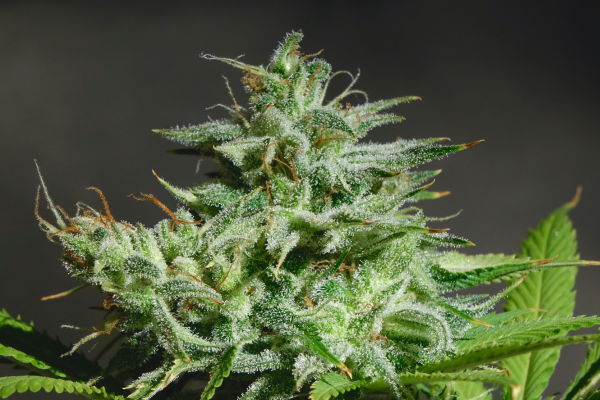
Consumers often refer to pistils as “hairs” — and with good reason. The slender, white pistils point outward from the flower’s calyx, attempting to receive pollen and produce seeds.
When the plant approaches maturity, the pistils change color and take on a brown or orange hue. This is a sign that the biological functions of the plant have slowed and it is no longer seeking pollen for seed production.
Guideline #2: Harvest marijuana when 70% of the pistils have turned brown or orange.
Most cultivators who base their harvest date on the Pistil Method take down their plants when 70% of the pistils have changed color and curled inward. If 90% of the pistils are brown/orange, the plant is past its peak.
Checking for THC with Laboratory Testing
Cultivators with access to chemical testing equipment have more control. By tracking their crop’s cannabinoid concentrations, they can pinpoint when THC and CBD are at their peak.
Final THC concentrations are unpredictable. So, when chemical testing, cultivators use a different strategy: they track CBG.
Guideline #3: Harvest marijuana when CBG levels drop close to zero.
When CBG levels approach zero, they know that all of the CBG has converted into more desirable cannabinoids, namely THC and CBD.
How to Tell If It’s Too Early to Harvest Cannabis
Harvesting too early will reduce the value of your crop, so it’s important to choose the optimal harvest timeframe — even if it postpones your schedule.
At the absolute minimum, you should wait until 50% of the trichomes are cloudy and 50% of the hairs have changed color.
Again — do not harvest if fewer than 50% of the trichomes have turned milky. And do not harvest if fewer than 50% of the pistils have turned brown/orange.

Talk to a harvest expert today.
Real-World Harvest Schedules
In reality, most growers use both trichomes and pistils as indicators of when to harvest. Experience and instinct plays a role too, as does the cultivator’s preference for a cerebral, uplifting effect (from an early harvest) or an anti-anxiety, bodily effect (from a delayed harvest). Staff availability is another critical consideration.
And for those asking “when to harvest outdoor weed,” the answer may depend on the weather. Getting the plants down before a big storm is better than waiting for perfectly milky trichomes — and risking crop loss to cold or wet weather. Geography plays a role too, making generalized recommendations about outdoor harvest dates difficult.
Tips for When to Harvest Cannabis
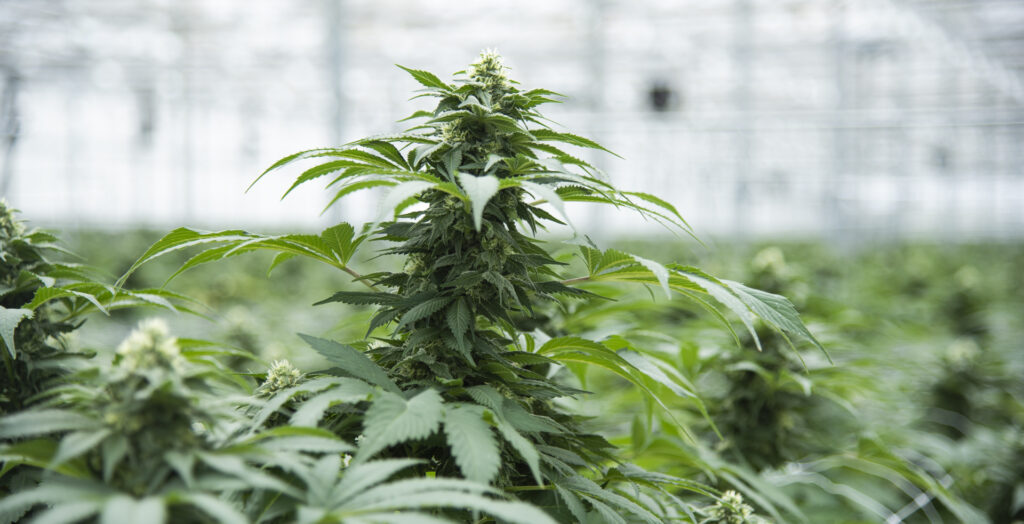
Harvest in the morning or before the lights come on. Cannabis spends the nocturnal period producing resin and the photoperiod (i.e., daytime) driving photosynthesis. The metabolites involved in photosynthesis may cause a suboptimal taste.
Get a handheld microscope. A 30-100x microscope is ideal for assessing trichome maturity. Most hydroponic supply stores sell them (microscopes help with pest inspection too). Alternatively, you can use a DSLR camera with good resolution, and enlarge the pictures on a laptop screen.
Consider a staggered harvest. Because the top portions of the plant mature more quickly, you may choose to harvest those parts first and give the bottom flowers another week to build potency and trichome density.
Have a complete harvest plan. For large grow ops, harvest preparation starts months in advance — long before any trichomes turn milky. Preparation includes staff training, equipment purchases, and detailed standard operating procedures (SOPs) for what will happen on harvest day.
Set up your processing room. Harvest day can be very busy. It’s best to have your processing space ready to go for when the harvest is ready. Consider the flow of cannabis material when setting up your workflow. This includes the placement of your buckers, trimmers, bud sorter, and automation conveyors.
Harvesting for Fresh Frozen. If you intend to process your plants using fresh-frozen extraction techniques, harvest several days earlier than you would otherwise.
If you’re a commercial cultivator re-envisioning your harvest strategy, talk to Mobius. Our representatives can help you determine the equipment you need to be more efficient — and profitable — while staying compliant and avoiding headaches.
